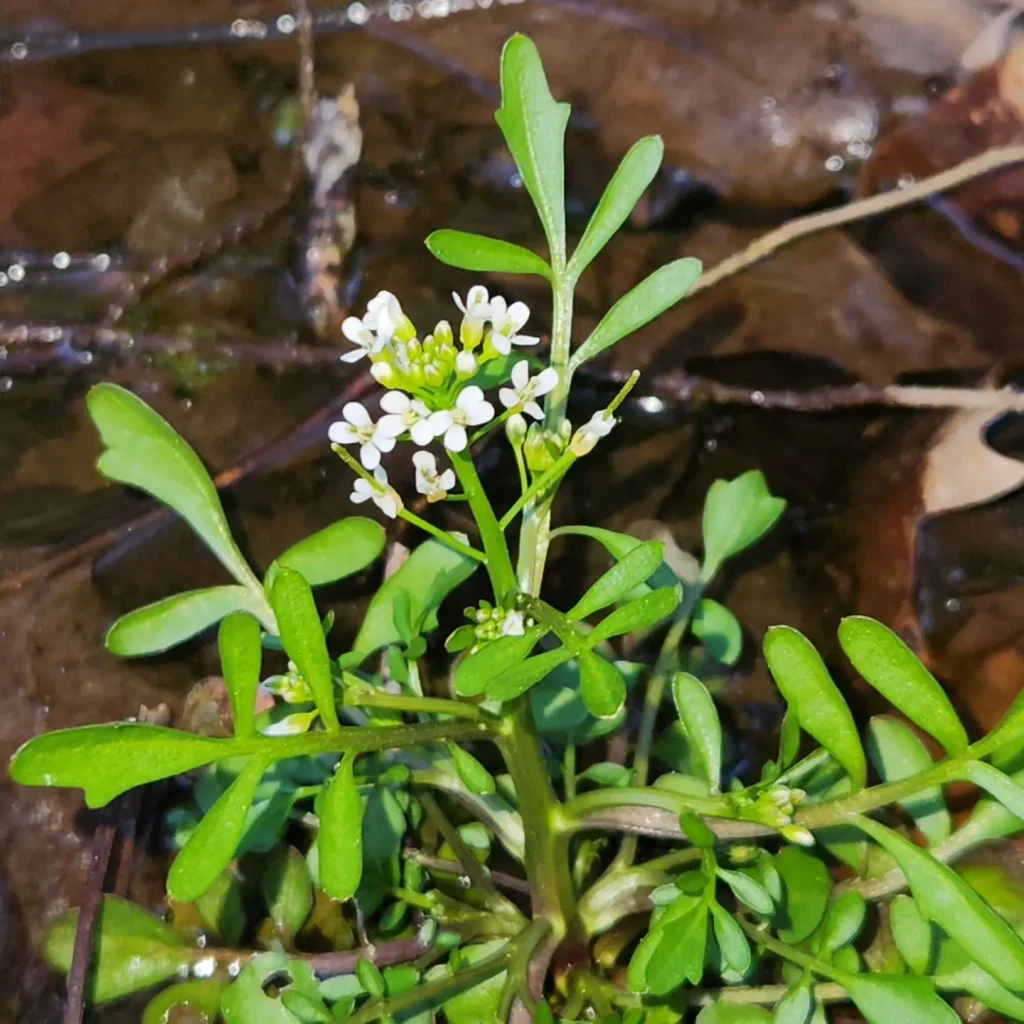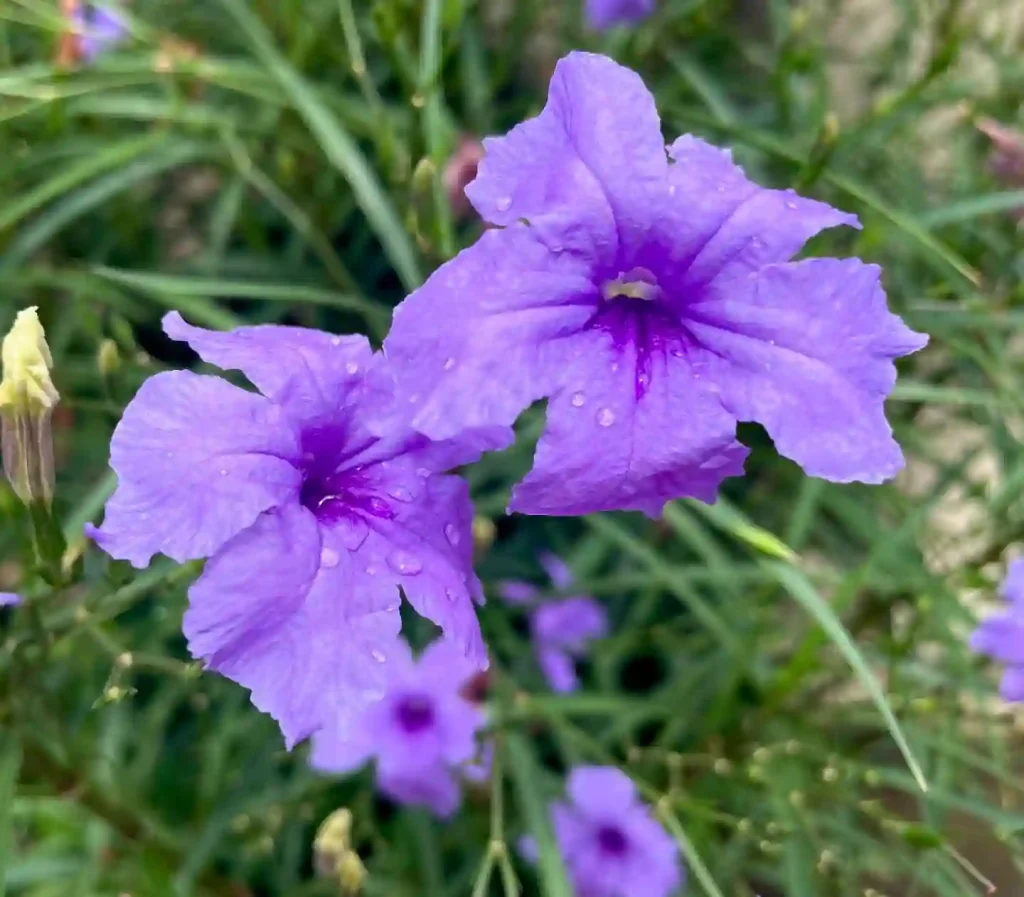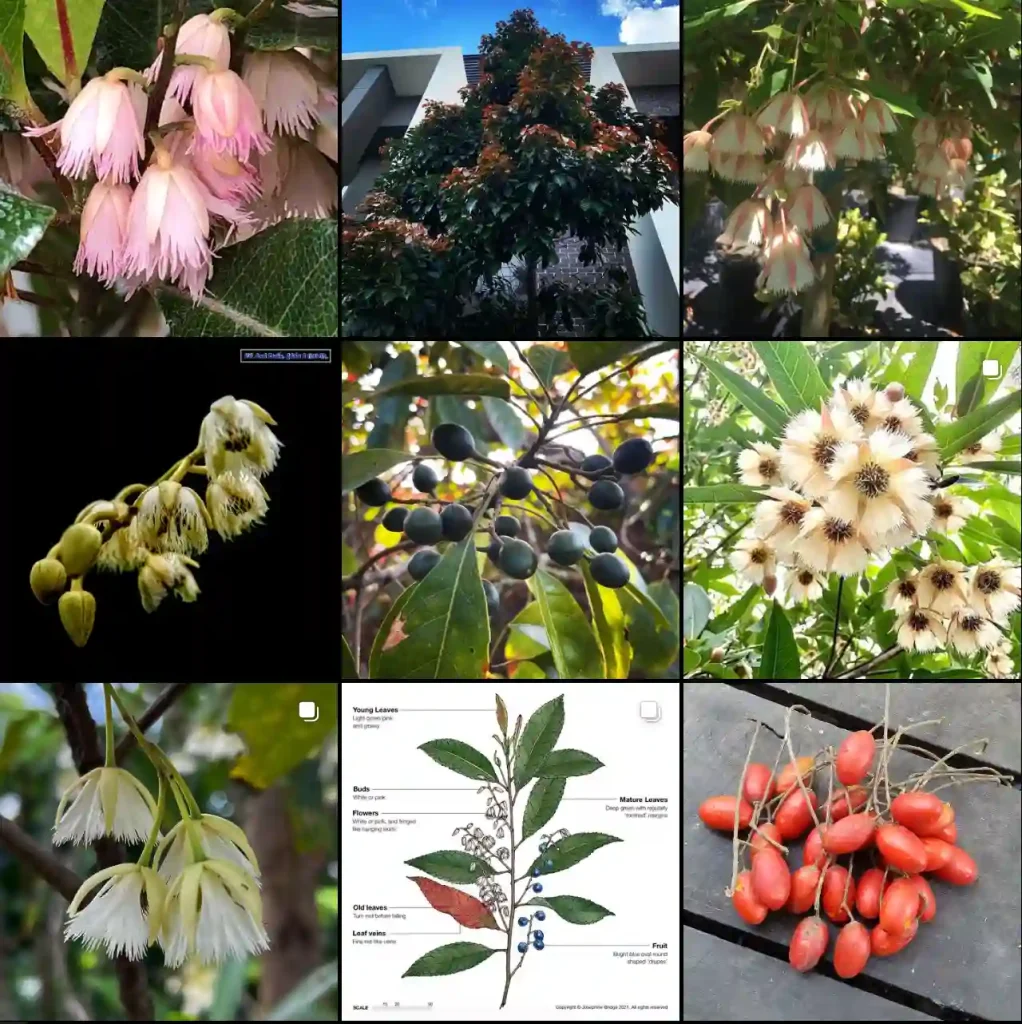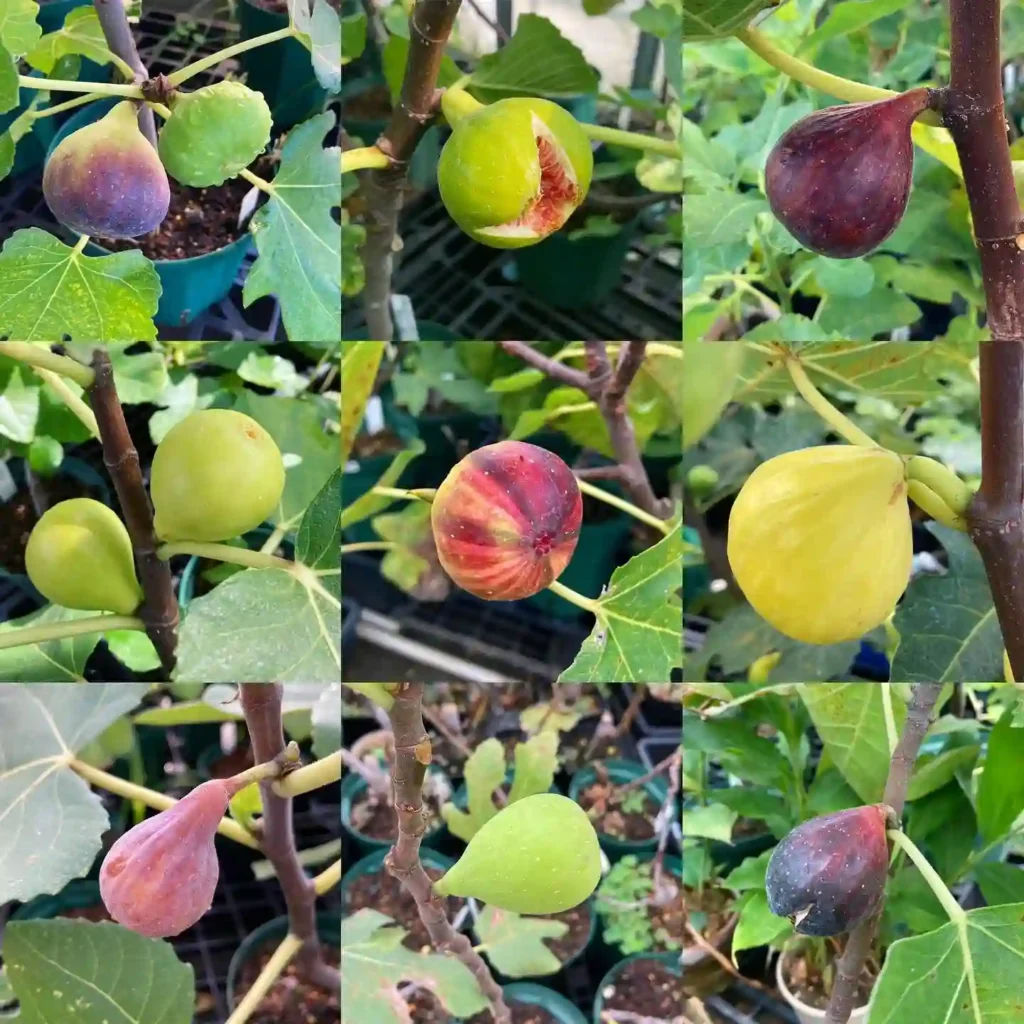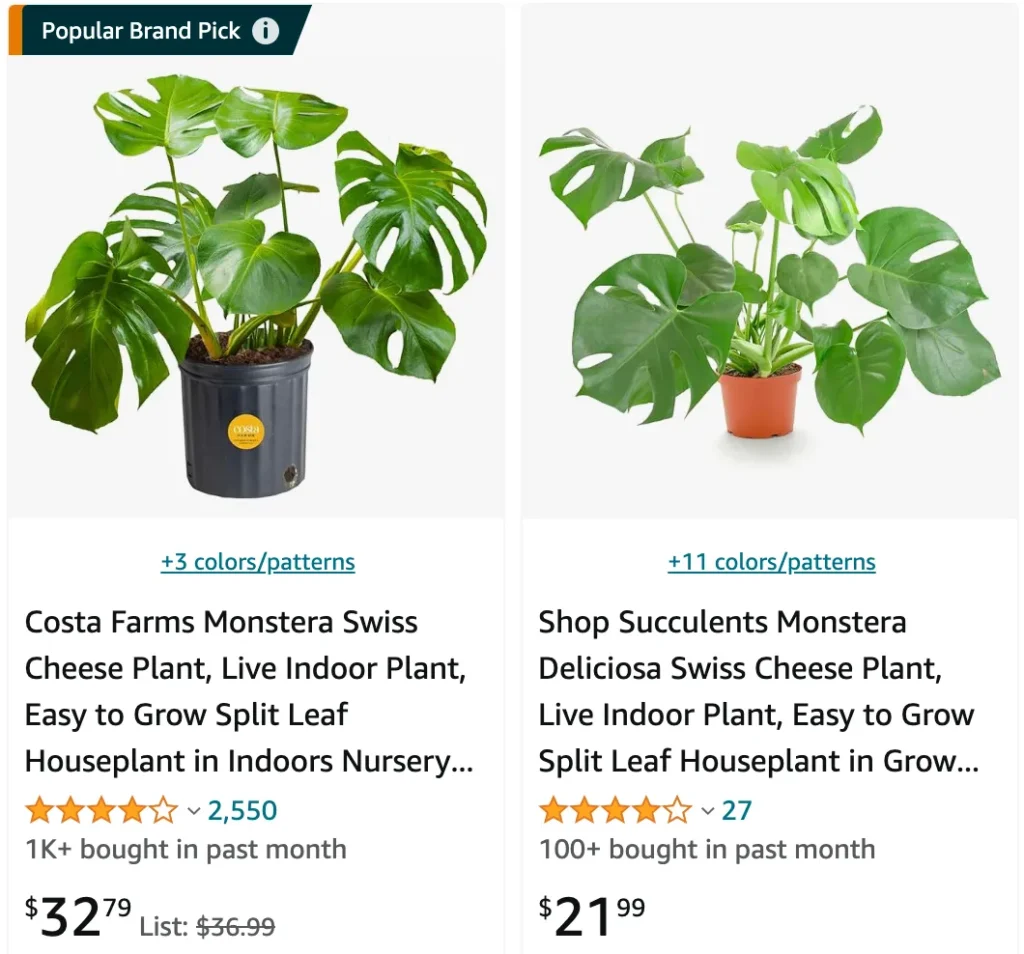
Monstera Deliciosa: Your Guide to the Swiss Cheese Plant
Hi there, Ferb Vu here! I’m a passionate plant enthusiast and the Monstera Deliciosa, also known as the Swiss Cheese Plant, is one of my all-time favorites. This lush, tropical beauty is not only stunning to look at, but it’s also surprisingly easy to care for.
If you’re considering adding a Monstera Deliciosa to your indoor jungle, you’ve come to the right place. I’m going to answer all your burning questions about this iconic plant.
What is a Monstera Deliciosa?
The Monstera Deliciosa is a climbing vine native to the rainforests of southern Mexico and Central America. It’s known for its large, glossy green leaves that develop distinctive splits and holes as the plant matures. These fenestrations (fancy word for holes) are thought to help the plant capture more light in the dense rainforest understory.
Is Monstera Deliciosa Easy to Care For?
Absolutely! This is one of the reasons the Monstera Deliciosa is such a popular houseplant. They thrive in indirect sunlight and don’t require constant watering. Just let the top inch or two of soil dry out before giving it a good drink.
How Big Does a Monstera Deliciosa Get?
In their natural habitat, Monstera Deliciosa can reach staggering heights, climbing up trees and reaching for the sunlight. Indoors, however, their growth is more manageable. They can still get quite large, so be sure to provide them with a moss pole or trellis for support as they climb.
Monstera Deliciosa vs. Split-Leaf Philodendron: What’s the Difference?
These two plants are often confused with each other, and for good reason. They both have large, glossy leaves with lobes and splits. However, there are a few key differences.
- Leaf Shape: Monstera Deliciosa leaves typically have wider splits that reach towards the center of the leaf, while Split-Leaf Philodendron leaves have narrower splits that don’t reach the center.
- Leaf Veins: Monstera Deliciosa leaves have prominent, light-colored veins, while Split-Leaf Philodendron leaves have less noticeable veins.
- Aerial Roots: Monstera Deliciosa produces aerial roots that help it climb in its natural environment. Split-Leaf Philodendron typically does not produce aerial roots.
Monstera deliciosa vs Borsigiana
When it comes to Monstera deliciosa vs Monstera borsigiana, I find myself leaning towards the deliciosa for a few reasons. One of the most striking differences I’ve noticed is in the size and presence of the plants. The deliciosa’s larger leaves and the dramatic fenestrations are something I truly appreciate; they give my living space a lush, tropical vibe that feels a bit more substantial compared to the borsigiana. Although the borsigiana is lovely and a bit more compact, which could be advantageous for smaller spaces, I enjoy the impressive scale of the deliciosa. Plus, I’ve found that the deliciosa’s growth pattern is a bit more robust, which matches my preference for plants that make a bold statement.
Monstera deliciosa vs Monstera adansonii
Comparing Monstera deliciosa to Monstera adansonii, I feel a distinct fondness for the adansonii. There’s something about the delicate, lace-like appearance of its leaves with smaller, more numerous holes that I find incredibly charming. The deliciosa is undeniably beautiful with its large, split leaves, but the adansonii adds a whimsical touch to my plant collection that the deliciosa doesn’t quite capture. I’ve also noticed that the adansonii is a bit easier to manage in terms of size and care in my home, as it tends to stay more contained and is perfect for hanging baskets or climbing structures. This makes it a versatile choice for different spots around my place, allowing me to enjoy its unique aesthetic in various settings.
Is Monstera Deliciosa Toxic?
Unfortunately, yes. The Monstera Deliciosa contains insoluble calcium oxalate crystals, which can cause irritation and mouth pain if ingested. This is especially important to consider if you have curious pets or small children around.
Can You Eat Monstera Deliciosa?
Despite its name, which translates to “delicious monster,” the fruit of the Monstera Deliciosa is not edible in its raw state. It contains calcium oxalate crystals that must be completely removed before consumption. This process is lengthy and requires special techniques, so it’s best to admire the fruit from afar.
How Do I Get My Monstera Deliciosa to Produce Fruit?
Monstera Deliciosa is rarely seen fruiting indoors. They require very specific conditions, including high humidity and warm temperatures, to produce fruit.
How Do I Propagate Monstera Deliciosa?
Propagating your Monstera Deliciosa is a great way to expand your indoor jungle or share the plant with friends. The easiest method is stem propagation. Simply cut a healthy stem node with a leaf attached, place it in water, and wait for roots to develop. Once the roots are established, you can plant the cutting in a pot with well-draining soil.
Final Thoughts on Monstera Deliciosa
The Monstera Deliciosa is a truly captivating plant that brings a touch of the tropics indoors. With its easy-going nature and stunning foliage, it’s a perfect choice for both beginner and experienced plant parents. So, if you’re looking for a low-maintenance houseplant with a big personality, look no further than the Monstera Deliciosa!

